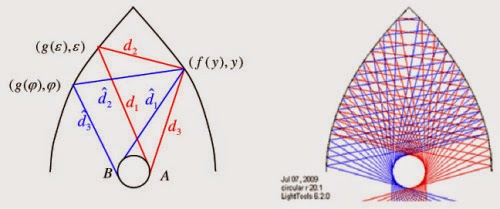Some Details About Point Light Source
In general, a point source is a sole
identifiable localized source of something, which may be light, sound,
heat, fluid or even pollution.Normally, these sources are known as
point sources because they are generally calculated as the numerical
point for making analysis easier. Here, the real source need not
necessarily be small, if its dimension is negligible relative to other
length scales.
Normally, a source of light is considered as a point light source
if the imaging instrument’s resolution is too low to resolve its
apparent size. When talking mathematically, an object will be regarded
as a point light source if its angular size is much smaller as compared
to the resolving power of the telescope, after considering the amount
obtained by dividing wavelength of the light by the diameter of the
telescope. Some of the examples for this are:
Illumination from a street light in a large-scale study of street illumination or light pollution.
Illumination passing through a pin hole that is viewed from a distance that is much higher than the size of the pinhole.
Illumination from a star located far away seen through a small telescope
Illumination from a street light in a large-scale study of street illumination or light pollution.
Illumination passing through a pin hole that is viewed from a distance that is much higher than the size of the pinhole.
Illumination from a star located far away seen through a small telescope
The point light source calculation
becomes important for some industries and these days, the calculation
task has become easier with the availability of light reflector design
software programs. Physics is an area that is considered tough and
many calculations are to be done for each and every invention. But,
nowadays, manufacturing companies can make effective use of software
programs meant for different purposes like calculating light reflector design, LED reflector design, etc.……

